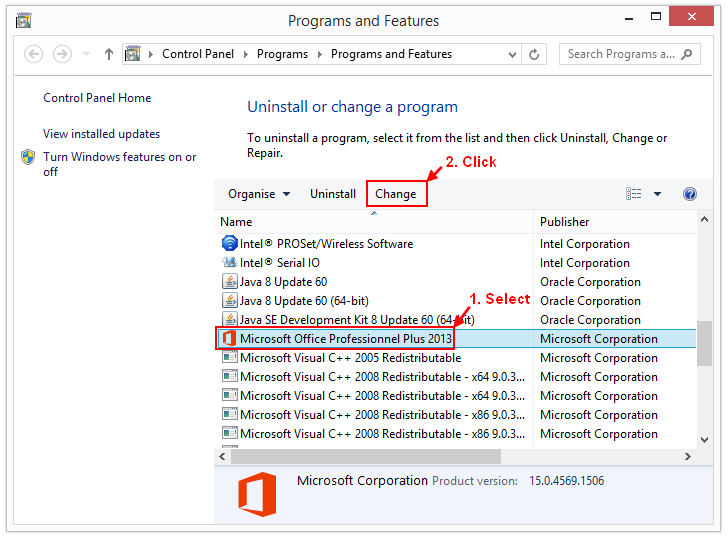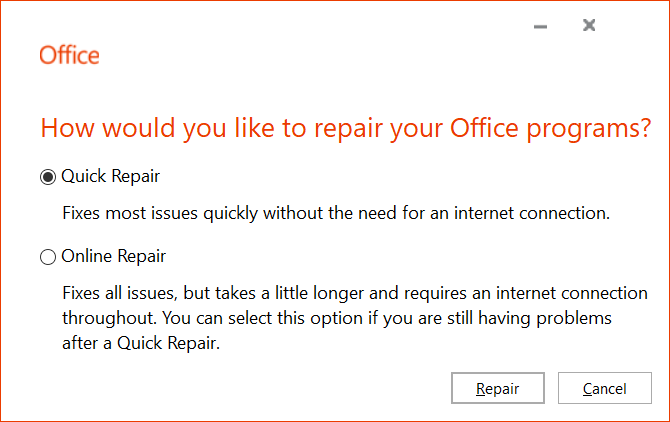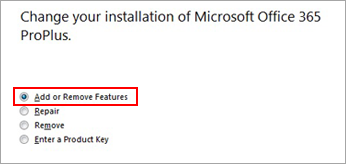Requirements for XLSTAT on Windows
Please follow this quick guide to check if your system meets all the requirements XLSTAT needs to work properly.
Computer configuration
The following are the minimum system requirements for using XLSTAT.
a. Windows versions
The supported versions are: Windows 7, Windows 8, Windows 10, Windows 11
As a reminder, it is strongly recommended to update Windows regularly.
b. Components
Memory: 4 GB RAM
Processor: Pentium or compatible
Hard disk space: 1 GB available
Service Pack for Office
The most recent Office Service Pack corresponding to your Excel version should be installed. Here is a table listing the most recent Office Service Pack depending on the Office version.
| Office 2016 / 2019 / 2021 / 365 | Office 2013 | Office 2010 |
|---|---|---|
| No Service Pack required | Service Pack 1 (Office version 15.0.4569.1506) | Service Pack 2 |
When you use large datasets, and your version of Windows is 64-bit, it will be better to install a 64-bit version of Office as well.
a. Checking your Office version
Please refer to this guide to retrieve your version number.
The version number indicates which Service Pack is installed, if any. For example, SP2 means that the Service Pack 2 is installed. If nothing similar appears, you can consider that no Service Pack has been installed.
By comparing with the table above, you should update your Office software if you are not running with the latest Service Pack.
b. Installing the latest Service Pack
Installing the latest Service Pack can be as simple as launching Windows Update and applying every possible update. If it fails to discover any update regarding Office, here is how to proceed manually.
The table below will lead you to the Microsoft Download Center where you will be able to download the Service Pack matching your Office version.
For the latest versions of Office, there are two download links available. In order to determine which one to use, please check if the version number you just retrieved clearly mentions that it is a 32-bit or 64-bit version. If one of them is specified, use the corresponding link in the table below. If not, use the 32-bit version.
| Office version | 32-bit | 64-bit |
|---|---|---|
| Office 2013 | Service Pack 1 (32-bit) | Service Pack 1 (64-bit) |
| Office 2010 | Service Pack 2 (32-bit) | Service Pack 2 (64-bit) |
Please refer to the Installation Instructions section on the Microsoft Download Center page to find details on how to install the Service Pack.
Once installed, your Excel software should be up-to-date and ready to be used with XLSTAT.
Visual Basic for Applications
XLSTAT requires VBA to be installed and activated along with Office in order to work properly.
Here is a way to activate it on your system.
1. Go to your Control Panel, then click on Programs and Programs and Features.

2. Look for Microsoft Office inside the list and select it. Then click on the Change button.

If you get the window below, you do not need to follow the procedure. This means that VBA is already installed by default on your computer (VBA is often installed by default with Excel 2016 and later).

Otherwise, please follow this procedure:
3. Choose to Add or Remove Features.

4. Expand the Office Shared Features line and locate Visual Basic for Applications. Click on the left icon so that the drop-down menu appears. Select the Run from My Computer option.

5. Continue with the installation until the end.
VBA should now be enabled and XLSTAT able to run.
Was this article useful?
- Yes
- No